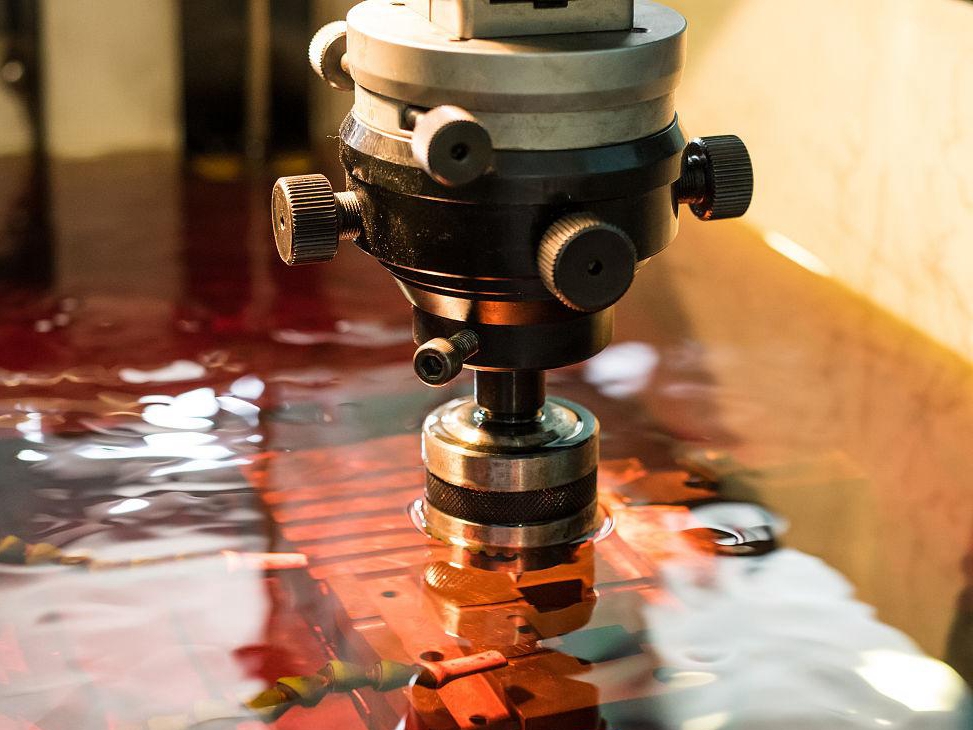Hastelloy C-276
Hastelloy C-276 is a nickel-molybdenum-chromium superalloy recognized for its remarkable corrosion resistance in aggressive environments. With exceptional resistance to oxidizing, reducing, and chloride-induced corrosion, it performs reliably at temperatures up to 1038°C, making it optimal for additive manufacturing in chemical processing, energy production, and marine industries.
Industries extensively adopt superalloy 3D printing with Hastelloy C-276 to fabricate complex parts like valves, heat exchangers, and reactors. This advanced manufacturing approach significantly enhances component durability and reduces downtime, particularly in harsh chemical and industrial settings.
Hastelloy C-276 Similar Grades Table
Country/Region | Standard | Grade or Designation |
|---|---|---|
USA | UNS | N10276 |
USA | ASTM | ASTM B575 / B622 |
Germany | W.Nr. (DIN) | 2.4819 |
China | GB | NS334 |
France | AFNOR | NiMo16Cr15W |
Hastelloy C-276 Comprehensive Properties Table
Category | Property | Value |
|---|---|---|
Physical Properties | Density | 8.89 g/cm³ |
Melting Range | 1325–1370°C | |
Thermal Conductivity (at 20°C) | 10.2 W/(m·K) | |
Thermal Expansion (20–100°C) | 11.2 µm/(m·K) | |
Chemical Composition (%) | Nickel (Ni) | Balance |
Molybdenum (Mo) | 15.0–17.0 | |
Chromium (Cr) | 14.5–16.5 | |
Tungsten (W) | 3.0–4.5 | |
Iron (Fe) | 4.0–7.0 | |
Cobalt (Co) | ≤2.5 | |
Mechanical Properties | Tensile Strength | ≥750 MPa |
Yield Strength (0.2%) | ≥360 MPa | |
Elongation at Break | ≥40% | |
Modulus of Elasticity | 205 GPa | |
Hardness (HRC) | 25–35 |
3D Printing Technology of Hastelloy C-276
Typical additive manufacturing processes for Hastelloy C-276 include Selective Laser Melting (SLM), Direct Metal Laser Sintering (DMLS), and Electron Beam Melting (EBM). These technologies effectively utilize Hastelloy C-276’s unique characteristics to produce corrosion-resistant, precision parts.
Applicable Process Table
Technology | Precision | Surface Quality | Mechanical Properties | Application Suitability |
|---|---|---|---|---|
SLM | ±0.05–0.2 mm | Excellent | Excellent | Chemical Processing, Precision Parts |
DMLS | ±0.05–0.2 mm | Very Good | Excellent | Chemical, Energy Components |
EBM | ±0.1–0.3 mm | Good | Very Good | Marine, Heavy-duty Parts |
Hastelloy C-276 3D Printing Process Selection Principles
For high-precision components requiring tight dimensional tolerances (±0.05–0.2 mm) and superior corrosion resistance, Selective Laser Melting (SLM) is the ideal choice for chemical processing equipment and precision valves.
When producing intricate geometries or components requiring similarly tight tolerances and mechanical integrity, Direct Metal Laser Sintering (DMLS) offers excellent results, especially suitable for complex industrial components and energy sector parts.
For robust parts needing good mechanical properties and higher build rates with moderate precision (±0.1–0.3 mm), Electron Beam Melting (EBM) is preferable, particularly suited to marine and heavy-duty industrial environments.
Hastelloy C-276 3D Printing Key Challenges and Solutions
Residual stresses and distortions caused by rapid temperature gradients present challenges. Employing optimized support structures combined with Hot Isostatic Pressing (HIP) at temperatures around 1120°C and pressures of 100–150 MPa mitigates these issues, achieving stable geometries.
Porosity, due to incomplete powder fusion, significantly affects corrosion resistance and mechanical integrity. Optimizing laser parameters, such as laser power between 250–400 W and scan speeds around 600–900 mm/s, alongside HIP treatments, can achieve part densities above 99.9%.
Surface roughness (Ra 8–15 µm) impacting corrosion resistance and durability can be significantly improved using precision CNC machining and electropolishing, achieving finishes as smooth as Ra 0.4–1.6 µm.
Powder contamination risks, such as oxidation and moisture, require strict environmental controls (oxygen levels below 500 ppm and humidity below 10% RH) to ensure high-quality, corrosion-resistant outputs.
Industry Application Scenarios and Cases
Hastelloy C-276 is extensively used in applications demanding superior corrosion resistance and durability:
Chemical Processing: Reactors, heat exchangers, and valves handling aggressive chemical environments.
Energy Production: Gas turbines and equipment exposed to severe corrosion and high temperatures.
Marine Industry: Components subjected to harsh saltwater and corrosive conditions.
A recent chemical industry case study highlighted the adoption of SLM-produced Hastelloy C-276 reactors, significantly improving resistance to aggressive chemicals, reducing maintenance costs by 30%, and extending operational life.
FAQs
What makes Hastelloy C-276 suitable for corrosive environments in 3D printing?
Which additive manufacturing techniques are optimal for Hastelloy C-276 components?
How does Hastelloy C-276 compare with other corrosion-resistant alloys?
What are common challenges in Hastelloy C-276 3D printing and their solutions?
What post-processing methods best enhance Hastelloy C-276’s performance and durability?



